Understanding the Laken Riley Act
The Laken Riley Act marks a pivotal change in the landscape of immigration enforcement, significantly altering the operational scope of Immigration and Customs Enforcement (ICE). This legislation seeks to revamp the agency's mandate, introducing new powers aimed at enhancing efficiency within the immigration system. Yet, with such far-reaching changes come widespread debates on civil liberties and the potential ripples it may cause in diverse communities.
The New Powers Granted to ICE
At its core, the Laken Riley Act empowers ICE with a series of expansive authorities designed to address its internal challenges and improve operational effectiveness. Below are some key provisions:
- Enhanced Investigative Powers: ICE now has broader authority to conduct investigations, allowing for more thorough and swift identification of immigration violations.
- Simplified Arrest Protocols: The Act streamlines procedures for detaining individuals, enabling ICE to expedite the arrest and detention of those suspected of immigration offenses.
- Improved Data-Sharing Mechanisms: A critical component of the Act is its mandate for better data exchange between government agencies, designed to expedite deportation processes and prevent duplication in immigration case management.
Community Impact and Concerns
The ramifications of the Laken Riley Act extend beyond administrative efficiency to impact various stakeholders, particularly immigrant communities, legal practitioners, and civil rights groups. Immigrant families may face heightened fears of deportation, which could discourage their engagement with vital public services and dissuade them from reporting crimes. Meanwhile, legal professionals are likely to encounter increased caseloads, necessitating new defense strategies in light of the revised legal framework.
Civil rights organizations have raised alarms over potential privacy violations and the undermining of anti-discrimination protections. With bolstered surveillance capabilities, there is a risk of racial profiling and misuse of power. Thus, community groups may need to reallocate resources toward safeguarding and advising individuals grappling with the new legal challenges.
Challenges and Controversies
Although the Laken Riley Act aims to clarify immigration protocols, it has sparked considerable controversy. Critics argue that the legislation might infringe upon fundamental human rights and destabilize immigrant community welfare. Additionally, logistical challenges like increased financial burdens on ICE and ethical quandaries in enforcement operations remain pressing concerns.
By prioritizing stringent enforcement over addressing root causes behind immigration issues, the Act may strain international ties and diminish local trust. Its implementation will test the limits of administrative capacity and human rights adherence, potentially setting the stage for future legislative debates and reforms.
The Road Ahead
The execution of the Laken Riley Act requires ongoing dialogue among involved parties and an adaptive mindset. Ensuring transparency, accountability, and cooperation between civil society and governmental entities is essential for fostering ethical and fair immigration practices. Striking a balance between robust enforcement and human rights protection is crucial as society strives toward maintaining social harmony and safeguarding democratic values.

5333 N 7th St Bldg. A, Suite #200 & #201
Phoenix, AZ 85014
All Rights Reserved | ATR Law Group






